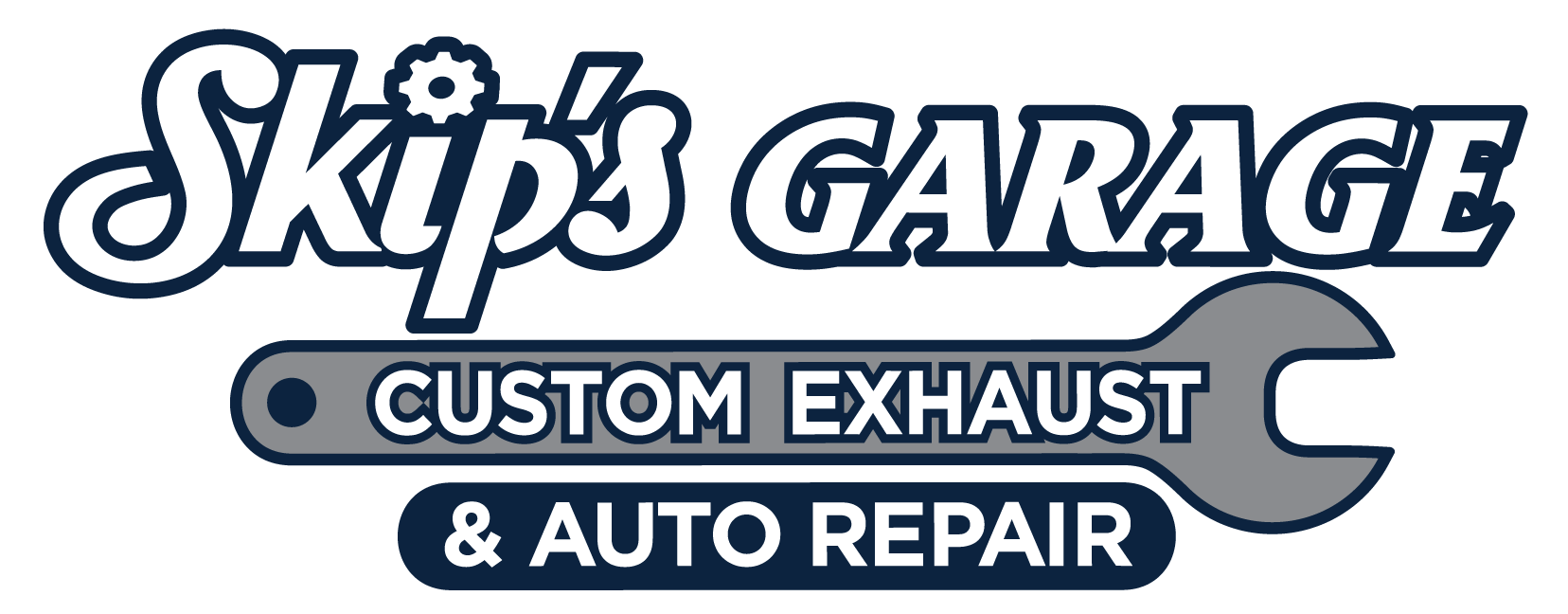What is a Header Back Exhaust System?
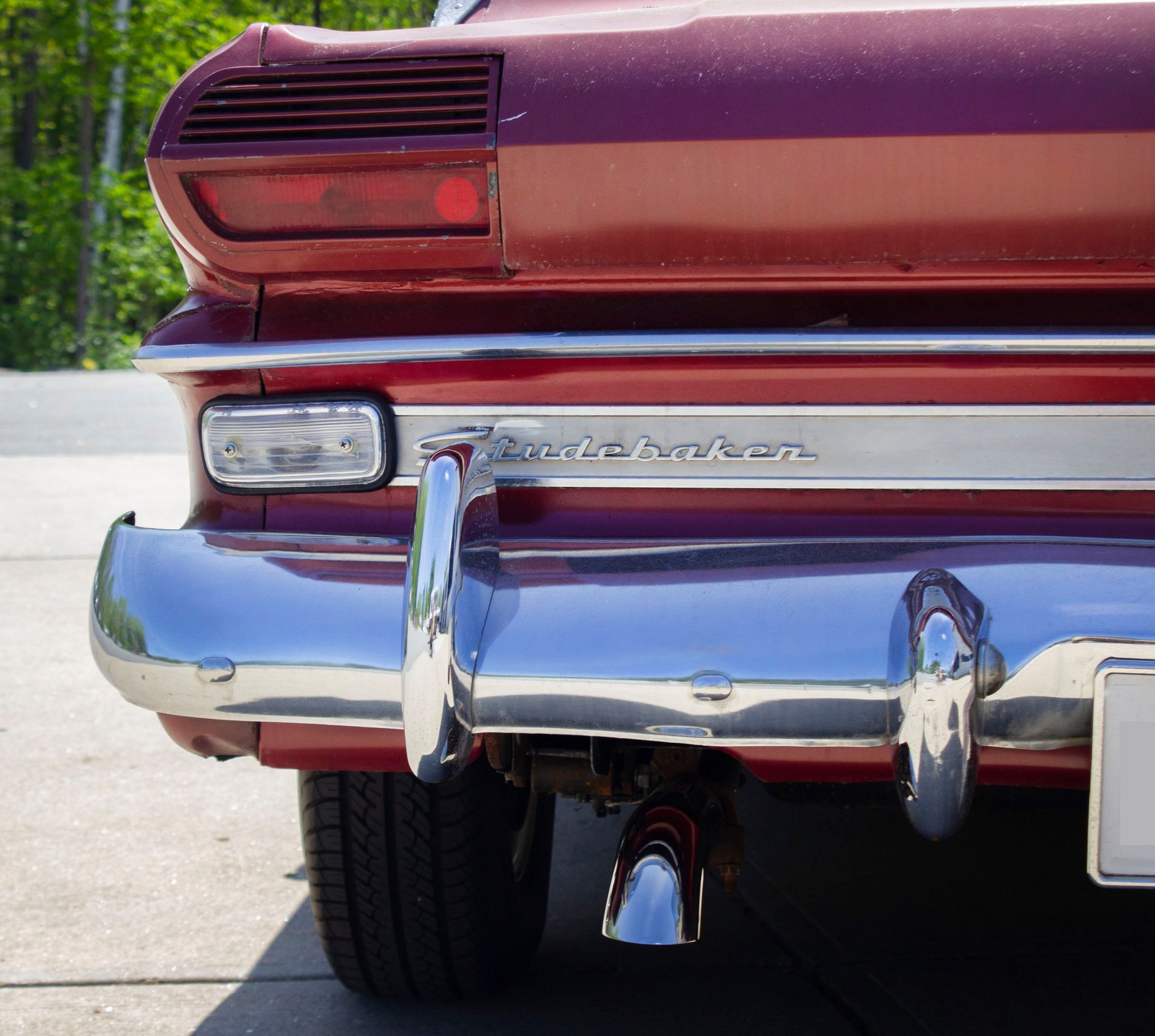
What is a Header Back Exhaust System?
A header back exhaust system is a fairly involved modification that will free up your exhaust gas flow by replacing pretty much all of your exhaust system components, from the header collector to the tailpipes. This means you can use a header-back system to enlarge the diameter of your entire exhaust system to flow a greater exhaust gas volume.
It is important to note, these systems tend to be more expensive and tougher to install than cat-back or axle-back exhaust systems because you are replacing nearly the entire exhaust system. That’s why we recommend most of our customers go to a trusted mechanic to have a header back system installed on their vehicle.
Why is My Truck’s Exhaust System Important?
Put simply, aftermarket exhaust systems allow you to increase performance and potentially extend the lifespan of related parts on your vehicle. Changing the diameter of the pipes and normally providing better pipe bends. A stock exhaust pipe is typically formed using a technique called crush bending. Although crush bending is a quick, easy technique, it also causes restrictions at the pipe bends that rob you of better performance. To eliminate these restrictions, aftermarket exhaust manufacturers use other processes, such as mandrel bending. What about the diameter of your components? Once again, we suggest letting a professional help you determine the best setup for your vehicle based on your goals. Our service staff can help with questions like this. Just give us a call and we’ll help you find the best parts for your car, truck, or SUV.
Many auto industry studies have shown that premium exhaust systems are generally better for the longevity of your vehicle and the engine inside of it. The average exhaust system on most passenger vehicles has been designed to meet minimum standards within the automotive industry and manufactured to be low cost rather than performance focused. Plus, many companies have simply decided quieting sound is a more popular feature than better performance. As a result, plenty of OEM systems are rather restrictive. Meanwhile, in the performance auto world most mechanics will recommend you add larger exhaust pipes and freer-flowing mufflers as you tune your motor and add horsepower, so you can appreciate the full benefit of your gains and keep your auto parts in good condition for longer.
What are the Benefits of a Header Back Exhaust System?
A comprehensive solution like this is the only way to truly ensure uninhibited performance from your vehicle’s exhaust system. These upgrades maximize the efficiency of every part of the engine cleansing pipework and every emission cleansing component. Plus, every unnecessary or restrictive noise abating chamber is removed from the vehicle. Instead, there’s a blank slate for an entirely new exhaust system to be installed as a kit. Benefits in this situation include better back-pressure reduction ratings, increased engine performance, and increased fuel economy, all because pipework-related bottlenecks are gone. Likewise, the raw sound envelope of the vehicle submits to engineer adjustments because every piece of kit is built together, helping you avoid hindrances associated with a partial replacement strategy.
Installing a Header Back Exhaust System
When the time comes to pull out cash for a new exhaust, most enthusiasts know what to expect but the price can daze beginners. Typically, all the pipes and clamps for the pipes are supplied. There will be a number of bends on the metal channels, so a fully customized exhaust configuration is entirely possible. All bolt-on assemblies come as part of the exhaust kit, but there’s a possibility that both the muffler and catalytic converter could be excluded, so bear this fact in mind when engaging in this major upgrade.
Because of the difficulty and nuance that goes into every part of this decision, it’s important to work with someone who you trust that knows your vehicle well. Our team is here to support you in the purchase and installation of all your aftermarket parts. Have questions about exhaust systems or auto parts in general? Give us a call or stop by our business today.
What is a Cat Back Exhaust System?

A cat back exhaust system is a relatively simple auto modification that will free up your exhaust gas flow and produce a unique engine tone that is more pronounced than your stock muffler. The term cat back exhaust can be defined as the section of an exhaust system that attaches after the last catalytic converter in the vehicle’s system.
A cat back exhaust is typically made up of a rear-pipe, a resonator and a muffler, but depending on the make and model, it can also include other components such as a mid-pipe, X-pipe, H-pipe or Y-pipe.
Why is My Car’s Exhaust System Important?
Put simply, your car’s exhaust is piping used to guide harmful gases away from the combustion inside your engine. This fulfills the important role of removing toxic compounds from the cabin and harmful fumes away from the engine that would otherwise eat away at your vehicle from the inside out.
This is why using the right parts is also critical for your vehicle’s upkeep. For the exhaust system to work at its best it is most important to use the right materials, such as purchasing parts made from stainless steel and aluminized steel that won’t corrode as easily from the gases.
Many detailed auto studies have shown that the more freely your exhaust flows, the better it is for your vehicle. The average exhaust system on most passenger vehicles has been designed to meet minimum standards within the automotive industry and focus on quieting sound rather than maximizing performance. As a result, plenty of OEM systems are rather restrictive. Meanwhile, in the performance auto world most mechanics will recommend you add larger exhaust pipes and freer-flowing mufflers as you tune your motor and add horsepower, so you can appreciate the full benefit of your gains across all of your parts.
What are the Benefits of a Cat Back Exhaust System?
The most prominent and sought out benefit is more power. Aftermarket exhaust systems are designed to be freer flowing than your stock exhaust, usually incorporating larger diameter piping and higher-grade tubing for a more laminar (high momentum diffusion and low momentum convection) flow. This reduces the level of back pressure at the engine manifold, which means the engine can breathe a bit more and release further horsepower and torque. How much horsepower is gained depends highly on the design of your factory exhaust system and the quality of the catalytic converters in front of it.
Better fuel economy is also an often-seen positive side effect from installing a cat back exhaust system. This comes from the engine not having to work as hard to push gases through the exhaust, causing higher efficiency and increasing your MPG. This increase in efficiency is typically easier to notice when traveling on the highway, but can sometimes have a noticeable impact on your city fuel economy as well.
The final benefit of a cat back exhaust system is the sound they can produce. Whether you want just a little more grunt or a full-on growl, there is a cat back exhaust system out there that will satisfy your ears. This is actually an often overlooked, large consideration when purchasing a cat back exhaust. That’s why we encourage our customers to do their homework first to make sure they will be satisfied with the part they purchase. If you have questions about exhaust systems or anything else relating to automotive maintenance, give our service team at Skip’s Garage a call.
Our Complimentary Multi-Point Inspection
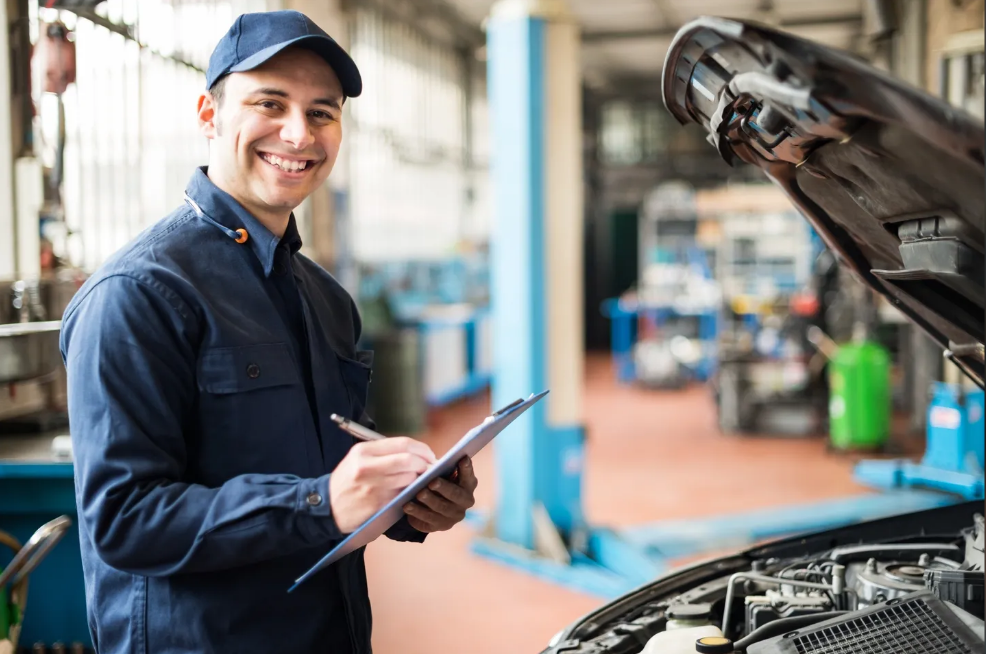
Here at Skip’s Garage, we want to help you keep your car running at its best. When you bring your vehicle in for any service, we’ll also perform a complimentary multi point inspection. Consider this like a check up of your car’s most important parts that help you get from Point A to Point B safely and comfortably. While oil changes, tire rotations, and other routine maintenance are important parts of vehicle upkeep, there are other factors and places on your vehicle that should be routinely checked for signs of wear and damage. A multi point inspection will give you an overall picture of your vehicle’s health and allow you to address potential issues before they become larger and more costly.
What Do We Do?
During the multi point inspection, our technicians will look at a variety of aspects of your vehicle and rank them on a scale. Inspection items ranked at the top tier indicate everything looks good in this area, and no attention is needed at this time. Items ranked mid-tier will need attention soon, but not necessarily immediately, and items ranked in the lowest tier require immediate attention in order to keep your vehicle running smoothly and safely. During the inspection, we’ll take a closer look at things such as battery health, belts and hoses, steering and exhaust components, shocks and struts, brake fluid, as well as windshield washer fluid, engine cooling fluid, and seat belts and restraints.
Why Is a Multi-Point Inspection Important?
You can consider a multi-point inspection like a full physical and check up of your vehicle. Just like you’d go to the doctor for a check up to make sure everything is in working order, we’re going to do the same for your vehicle. We’re looking for signs of wear and tear that are abnormal or may be indicating it’s time for a replacement part. Additionally, many states now require all vehicles to pass an emissions test, and by performing a multi point inspection we can help identify and address any problems that may arise prior to your vehicle going in for its annual inspection and emission test. Ideally, there are no issues discovered during the multi point inspection, and you can drive away with peace of mind knowing all things are in good condition. Performing routine multi point inspections will keep you up to date on your vehicle’s health and prevent the dreaded sudden major repairs and costs associated. Peace of mind regarding your vehicle’s reliability and overall health is priceless, and bringing your car in for routine check ups will help maintain peace of mind.
As you can see, multi point inspections prove invaluable when it comes to overall vehicle maintenance, Unless you are a mechanic, this is the best way to find more out about your vehicle’s health without having to wait until a problem rises. Whether your car is new or old, a multi point inspection will give you a heads up and time to prepare for issues that may eventually need to be addressed. The team at Skip’s Garage looks forward to helping you maintain your vehicle’s health for years to come. Give us a call to schedule an appointment today!
The Importance of a Properly Functioning Battery
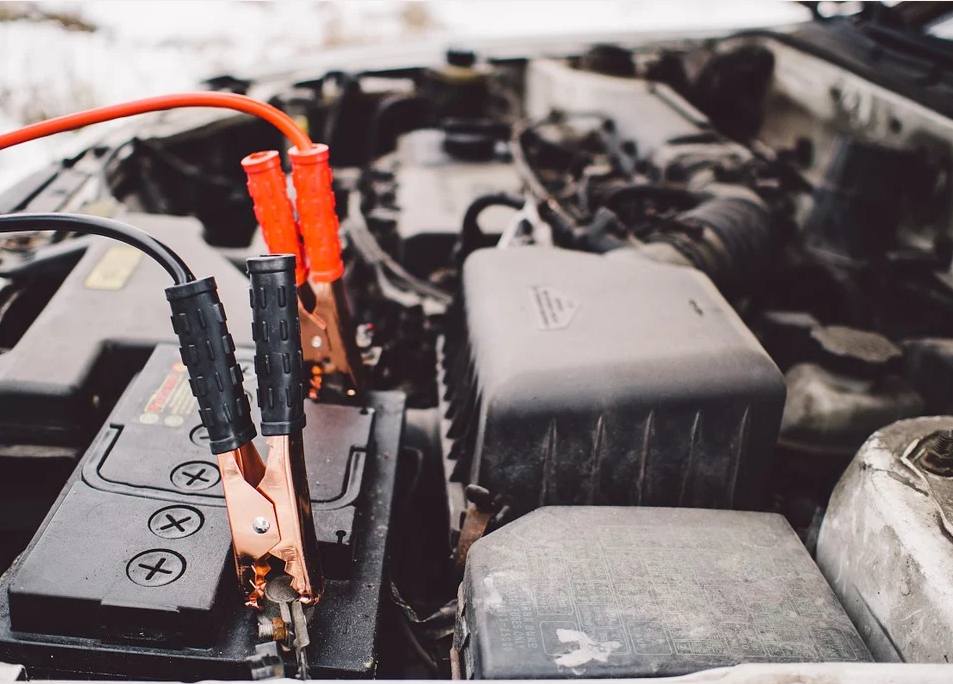
The Importance of a Properly Functioning Battery
Your car’s battery can be considered the heart of its mechanical system. It starts the ignition and ultimately without it, your car cannot function. A bad or malfunctioning battery can mean many things for your car. It can put unnecessary stress on properly functioning parts of the car like the starter and charging system, and both of these are crucial to your car turning on correctly and effciently. Learn more about the importance of a properly functioning battery in the below.
What Does the Battery Do?
Your car’s battery powers the car’s headlights, taillights, and other electrical components, like interior lights and outlets. Most importantly, your car’s battery is a key component in starting and running your car. When you turn your key in the ignition or press the “Start” button, your battery is signaled to convert chemical energy into electrical energy, which the starter uses to ignite the engine and turn the car on. As most know, without a properly functioning battery, your vehicle cannot start.
How Can a Battery Malfunction?
Age is the primary factor in a malfunctioning battery. Although your car’s battery “recharges”, it does not last forever, and as it ages, it deteriorates in functionality and ability to hold a proper charge. The battery comes with an “amp hour” rating that can give you an approximate number for its predicted lifespan. Weather also plays a role in your battery’s health, and both extreme cold and extreme heat can negatively affect its functionality. Although you cannot control the age of your car’s battery, you can take steps to ensure it is being cared for properly to help extend its life. When your vehicle hits the three year mark, it is important to have your battery’s functionality tested.
How Do I Know When It’s Time for a New Battery?
There are many signs you can look for that will alert you that your battery is not functioning properly. The first and most obvious would be a sluggish start to your car. If you turn the ignition or press the “Start” button and there is a sluggish, slow, turnover from your engine, it may be time for a new battery. Your Check Engine light or Battery Fluid light may come on, or your lights may be dimmer than usual, signaling a low battery charge. You may also lift your car’s hood and notice some visible changes occurring around your battery. Excessive heat will cause the battery casing to swell and bloat, and you may not get a good response from the battery at this point. Additionally, you may notice that the battery fluid itself is leaking around the connections. A bad smell, like rotten eggs, will be emitted from a leaking battery. This can be corrosive and will need to be cleaned properly in order to keep your battery functioning properly.
The knowledgeable team at Skip’s Garage is happy to help you diagnose a battery issue or replace an older, faulty battery. Schedule an appointment with us today to assess your car’s battery needs!
Balancing and Rotating Your Tires
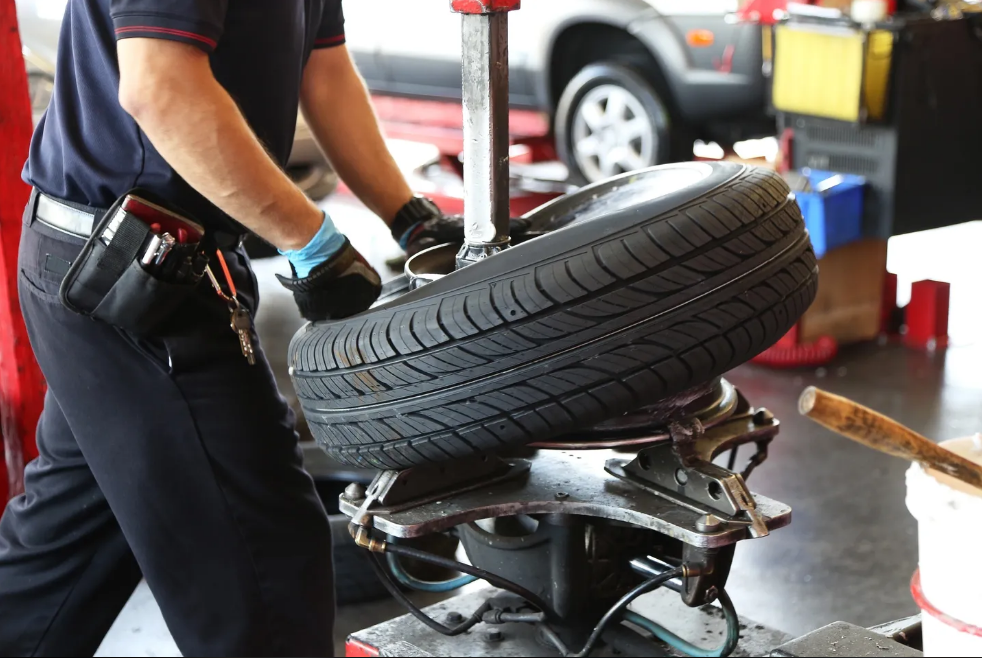
Your tires are your vehicle’s connection to the road. This means that they can experience some wear and tear. Your tires should be rotated and balanced so that they do not wear out quite as quickly. Learn more about this below.
What is Tire Rotation and Balancing?
Tire rotation is when you switch the position of your tires. You will move your front tires to the back, and it can also include switching your right and left side tires. This rotation of tires should be done around every 5,000 to 8,000 miles. This helps your tires wear more evenly so that they can stay in good condition for longer.
Balancing your tires is done when you get your tires rotated, but this is a slightly different service. Balancing your tires means making sure that the weight of the wheel and tire is distributed evenly. This means adding weights to the wheel to balance out the tires, but it is very small weights and it requires specialized equipment to balance out a tire. Balancing your tires regularly when you rotate your tires can also help your tires wear more evenly and last longer.
Why is Tire Rotation Important?
Above, we discussed the what tire rotation and balancing are. We also mentioned how these processes can help your tires stay in better condition, but why is this important to you? Tire rotation and balancing help your tires wear more evenly. When your tires wear more evenly, they last longer. When they last longer, you do not have to purchase tires as frequently. This means that a regular tire rotation can save you money in the long run.
